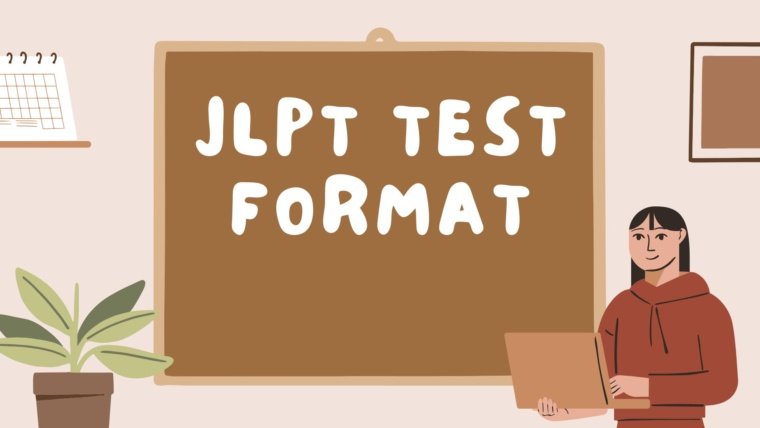The JLPT scoring system evaluates your Japanese proficiency across three crucial areas: Language Knowledge (Vocabulary & Grammar), Reading, and Listening. Each section is scored individually using a scaled scoring method, which adjusts raw scores based on exam difficulty and average test-taker performance. This ensures fairness across different test sessions. Official Website
Overview of the JLPT Scoring System
The JLPT scoring system evaluates your Japanese proficiency through scaled scores across key areas: Language Knowledge (Vocabulary & Grammar), Reading, and Listening. Instead of raw marks, scores are adjusted for fairness based on exam difficulty. To pass, you must meet both total and sectional score thresholds. At TLS – The Japanese Language School, students are trained to master each section strategically, increasing their chances of clearing even the toughest levels with confidence.

Why Scaled Scores?
Instead of simple right/wrong tallies, JLPT uses Item Response Theory (IRT) to convert raw scores into scaled scores. This means your results account for both how many questions you got right and how difficult they were, offering a more accurate representation of your real-world language ability.
Section-Wise Breakdown for N5 and N4:
| JLPT Level | Language Knowledge + Reading | Listening | Total Score |
| N5 | 120 points | 60 points | 180 points |
| N4 | 120 points | 60 points | 180 points |
Each section contributes significantly to the total, and missing the minimum requirement in any one section will result in a fail, even if your overall score is above the passing mark.
JLPT N5 & N4 Passing Criteria
To pass the JLPT at any level, you must meet:

- Total score minimum
- Individual section minimums
N5 Passing Criteria:
- Total Score Required: 80/180
- Language Knowledge + Reading: Min 38/120
- Listening: Min 19/60
N4 Passing Criteria:
- Total Score Required: 90/180
- Language Knowledge + Reading: Min 38/120
- Listening: Min 19/60
Certificate & Result Access
Once you pass, you will receive:
- JLPT Official Certificate (valid for life)
- Score report showing your performance in each section
How to Check Results:
- Go to JLPT MyPage
- Login with your credentials
- Enter your registration number
- View and download your result
Results are released online about 2 months after the test and certificates arrive by 3 months.
JLPT Japanese Test Scoring System PDF
For official reference and deeper insights:
- Visit the JLPT Official Site > Scoring Section
- Or search “JLPT Japanese Test scoring system PDF”
These PDFs contain:
- Section scoring methods
- Sample scorecards
- Scaling methodology
- Practice insights
Why Understanding the JLPT Scoring System Matters
Knowing how your performance is evaluated allows you to:
- Strategically allocate study time
- Track your weak areas more effectively
- Avoid failing due to one weak section
By planning smarter and understanding the score structure, even first-time test-takers can pass confidently.JLPT Books & References
Understand the validity period of JLPT certificates and their benefits in detail.
5 FAQs
1. Is the JLPT score calculated from raw marks or scaled marks?
Answer: JLPT uses scaled scores, not raw scores. Your performance is normalized to reflect question difficulty and other statistical factors.
2. What happens if I score above the total passing score but fail one section?
Answer: You will fail the JLPT. You must pass both section-wise minimums and the total score.
3. Is there negative marking in the JLPT?
Answer: No, there is no negative marking in the JLPT. So, it’s always a good idea to attempt all questions.
4. How long is the JLPT certificate valid?
Answer: The JLPT certificate is valid for life, but some institutions may prefer a certificate obtained within the last 2–5 years for current proficiency.
5. Where can I find sample scorecards or breakdowns?
Answer: Official JLPT scoring PDFs are available on the JLPT website. TLS – The Japanese Language School also provides access to past results and sample score sheets for students.




2 Comments